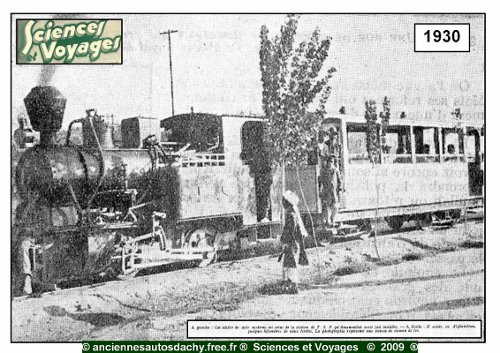The Stichting Samenwerking Afghanistan – Nederland website has some information about the 1920s plan for a rail network in Afghanistan.
Here is an attempt at translating the relevant bit, via Google Translate with some hand-editing.
King Amanullah gave German architects permission to build the new royal palaces, a number of factories and a small railway in Kabul. Later in 1928 the king asked a German railway commission headed by Berlin company Allgemeine Baugesellschaft Lenz & Co to lay a railway between Kabul, British India, Iran and the Soviet Union. This company sent Dutch engineer Adrianus van Lutsenburg Maas to Afghanistan in 1928 for construction of the railway.
Adrianus van Lutsenburg Maas worked in Afghanistan between 1928-29 as an engineer with the German company. The project failed owing to a nationwide revolt, and van Lutsenburg left Afghanistan in 1929. While in Afghanistan he kept diaries, wrote letters and took photographs of everything.
Source: Geschiedenis, Stichting Samenwerking Afghanistan – Nederland
The article (in Dutch) also has some modern photos of the locomotives at the museum in Kabul.
Presumably this listing at The Genealogy Page of Jorge Heredia and Heleen Sittig at Rootsweb is the man in question: Engineer, born 20 Dec 1893, Dantumadeel, died 10 Apr 1979, Den Haag. His material appears to be in the Netherlands’ Nationaal Archief.
